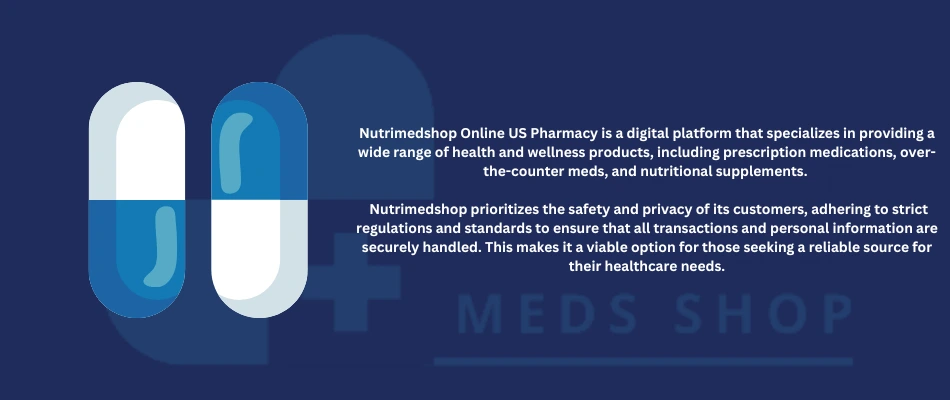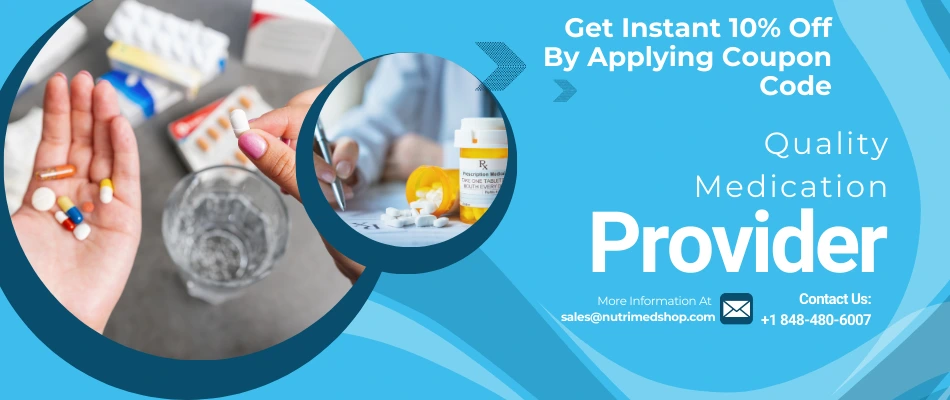- enquiry@nutrimedshop.com
- +1 848-480-6007
- Adderall
- Adipex
- Alprazolam
- Ambien
- Ativan
- Carisoprodol
- Clonazepam
- Codeine
- Darvocet
- Demerol
- Diazepam
- Dilaudid
- Fioricet
- Hydrocodone
- Hydromorphone
- Lorazepam
- Lorcet
- Lortab
- Meridia
- Methadone
- Norco
- Opana ER
- Oxycodone
- Oxycontin
- Percocet
- Phentermine
- Roxicodone
- Soma
- Suboxone
- Subutex
- Tramadol
- Valium
- Viagra
- Vicodin
- Xanax
- Klonopin
- Cialis
Oxycontin Category
Oxycontin OC 10mg
$309 - $749
Oxycontin OC 20mg
$329 - $749
Oxycontin OC 30mg
$349 - $789
Oxycontin OC 40mg
$399 - $899
Oxycontin OC 5mg
$399 - $988
Oxycontin OC 60mg
$470 - $1370
Oxycontin OC 80mg
$495 - $1405
Oxycontin OP 10mg
$399 - $988
Oxycontin OP 15mg
$259 - $629
Oxycontin OP 20mg
$279 - $629
Oxycontin OP 30mg
$495 - $1405
Oxycontin OP 40mg
$343 - $749
Oxycontin OP 60mg
$319 - $749
Oxycontin OP 80mg
$401 - $799
Category Description
When it comes to buying Oxycontin online for quick FedEx delivery, our primary objective is to serve consumers with prompt, dependable service so that you get your prescription safely and promptly.
Introduction to Oxycontin
Oxycontin is a brand name prescription opioid pain medication that contains oxycodone hydrochloride. It is classified as a Schedule II controlled substance by the Drug Enforcement Administration (DEA), indicating it has a high potential for abuse and addiction.
Oxycontin was originally developed in the 1990s by Purdue Pharma. The company marketed it as a long-acting pain relief medication that would provide steady doses of oxycodone over 12 hours. Prior opioid pain medications only lasted for short periods, requiring patients to wake up multiple times per night to take more pills. Oxycontin was presented as a breakthrough that would provide uninterrupted pain relief and better sleep for patients.
When it first hit the market in 1996, Oxycontin was approved and prescribed for moderate to severe pain relief for cases such as cancer, severe back pain, recovering from surgery, and end-of-life care. Purdue Pharma claimed that the controlled-release formulation would make it less likely for Oxycontin to cause addiction compared to immediate-release opioid formulations. However, this claim was inaccurate and contributed to the widespread over-prescribing of Oxycontin over the next two decades.
Medical Uses
Oxycontin is a powerful opioid painkiller that is prescribed by doctors to treat moderate to severe pain when other pain medications are not sufficient. It contains oxycodone, a semi-synthetic opioid that provides pain relief by binding to opioid receptors in the brain and spinal cord.
Oxycontin is often prescribed for chronic pain conditions such as:
- Cancer pain
- Neuropathic pain
- Back pain
- Arthritis
- Fibromyalgia
It is available in extended-release tablet form, which allows the oxycodone to be released slowly over 12 hours. This provides consistent pain relief without causing a “high” feeling or other euphoric effects associated with immediate-release opioids.
When used appropriately under medical supervision, OxyContin can provide very effective pain relief. Multiple clinical trials have shown it reduces pain scores by 50% or more in cancer patients and those with chronic non-cancer pain. It allows many patients to regain functionality and improve their quality of life when dealing with severe pain conditions.
However, OxyContin also carries risks of dependency, addiction, and side effects, especially when misused. It must only be taken precisely as directed by a healthcare professional.
Risks and Side Effects
Oxycontin is a powerful narcotic painkiller that carries risks of dependence, addiction, and serious side effects, even when taken as prescribed.
Common Side Effects
The most common side effects of Oxycontin include:
- Drowsiness, dizziness, and fatigue
- Nausea, vomiting, and constipation
- Dry mouth and itching
- Headaches and sweating
- Decreased sex drive, impotence and infertility
These side effects tend to be most severe when first starting the medication and often improve over time. Taking Oxycontin with food can help reduce nausea.
Serious Side Effects
More serious side effects are possible with Oxycontin, including:
- Slowed or stopped breathing, which can lead to coma or death
- Irregular heart rate and blood pressure changes
- Seizures
- Hallucinations and mental confusion
- Allergic reactions like hives, rash, or throat swelling
High doses or combining Oxycontin with alcohol or other drugs dramatically increases the risks. Seek emergency help for serious side effects.
Proper dosing, doctor supervision, and avoiding misuse can reduce the risks of Oxycontin. But its highly addictive nature makes side effects and dependence difficult to avoid entirely. Safer alternatives may be available for certain conditions.
Regulation and Restrictions
Oxycontin is a Schedule II controlled substance, meaning it has a high potential for abuse and dependency. The DEA first approved Oxycontin in 1995. Since then, it has instituted several regulatory measures in attempt to curb misuse:
- Prescriptions cannot be phoned in – there must be a written prescription.
- Refills are not allowed – a new prescription is required each time.
- Doctors must write on the prescription that it is for “severe pain only.”
- Only licensed pharmacists can distribute the medication.
Treatment and Recovery
OxyContin addiction can be extremely difficult to overcome due to the drug’s highly addictive nature and severe withdrawal symptoms. However, treatment and sustained recovery are possible through medical detox, behavioral therapy, support groups, and lifestyle changes.
Rehabilitation
Comprehensive treatment is provided via inpatient and outpatient rehab programs, which include medical detox, counseling, behavioral therapy, life skills training, and aftercare preparation. Cognitive behavioral therapy helps identify triggers and develop healthy coping mechanisms. Contingency management provides rewards for abstinence. Motivational enhancement helps strengthen commitment to recovery. Long-term residential rehab lasting weeks to months may be most effective.
Support Groups
Peer support groups provide community, accountability, and shared understanding critical in early recovery and beyond. 12-step programs like Narcotics Anonymous follow a structured path of working through steps with a sponsor. SMART Recovery offers science-based tools for self-empowerment and motivation. Support groups help avoid isolation and reinforce new healthy behaviors during the challenging but rewarding journey of recovery.
Safer Alternatives
Chronic pain is unfortunately very common, but there are safer alternatives to opioid painkillers like OxyContin that can provide relief without the high risk of addiction. Some options to consider:
Non-opioid medications
- Acetaminophen (Tylenol) and ibuprofen (Advil) are over-the-counter options that can be effective for mild to moderate pain. They come with fewer side effects than opioids.
- Prescription anti-inflammatory drugs like diclofenac (Voltaren) or meloxicam (Mobic) can treat pain from arthritis, injuries, or dental procedures.
- Antidepressants like duloxetine (Cymbalta) or mirtazapine (Remeron) have been shown to help reduce certain types of chronic pain.
- Topical creams containing lidocaine, capsaicin, or diclofenac can numb and relieve localized pain when applied to the skin.


